On June 7, Iran revealed the first images of a missile with a hypersonic glide vehicle, a revolutionary development for the country's ability to strike targets across the Middle East and possibly beyond.
The Fattah missile was unveiled at a ceremony attended by President Ibrahim Raisi and senior officers of the Revolutionary Guards - the force responsible for Iran's ballistic missile arsenal, as well as much of its military operations abroad.
"The Fattah hypersonic missile has a range of 1,400 km and is capable of penetrating any defense shield," Amirali Hajizadeh, head of Iran's aerospace force, proudly said. Iranian state media also widely publicized the event.
Iran's success has come as a big surprise, as China, Russia and North Korea have had many failures in developing this weapon, and even the US has encountered many difficulties. Most recently, the US Congress had to cancel the AGM-183A hypersonic missile program after persistent failures during testing.
However, many experts still doubt Iran's ability to develop hypersonic weapons because the Middle Eastern country's defense industry is still not capable enough.
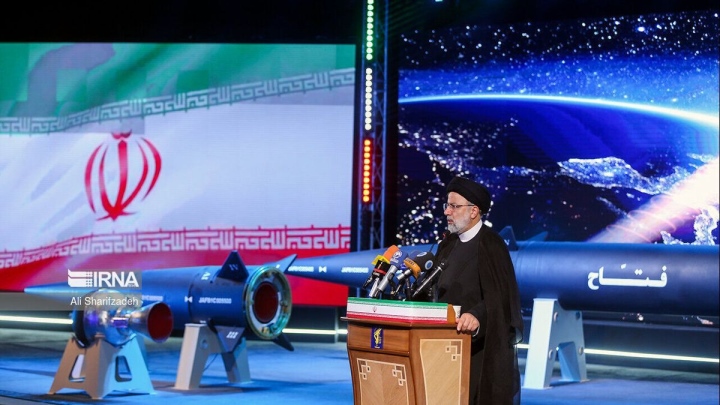
Iranian President Ebrahim Raisi at the unveiling of the Fattah hypersonic missile.
Origin of Iranian missile technology
China was the earliest country to deploy hypersonic missiles with the debut of the DF-17 missile in 2019. Russia also introduced similar weapons of its own in December of the same year, with the Zicron cruise missile and the Avangard air vehicle mounted on an intercontinental ballistic missile.
In September 2021, North Korea also conducted its first test of a ballistic missile carrying a hypersonic glide vehicle - the Hwasong-8 missile, estimated to have a range of about 1,800 km.
Many experts say that although Iran's missile industry is considered to be among the top in the world, it is still considered far behind Russia, China and North Korea.
Iran has been a frequent customer of North Korea's missile technology for the past four decades, so there is speculation that Iran's Fattah missile may also benefit greatly from North Korean technology.
North Korea began exporting ballistic missiles to Iran in the early 1980s. The most popular missiles exported by North Korea are the Hwasong-5 and Hwasong-6. Both of these missiles have been exported to many countries around the world, including Egypt and Iran.
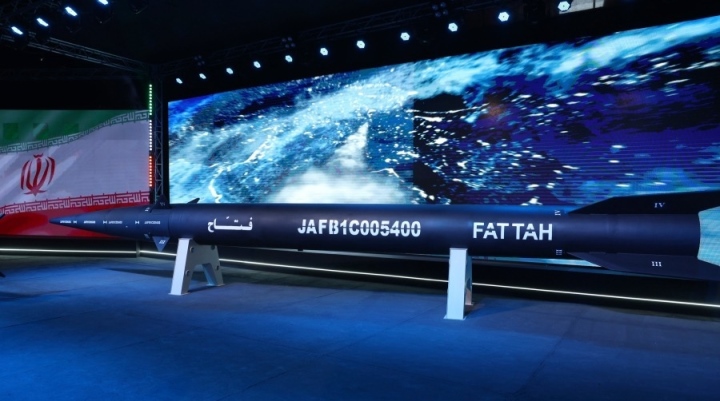
Fattah Missile.
Iran has produced several indigenous missile models under license, including the Hwasong-5 missile, which Iran produced domestically under the name Shahab-1, and the Hwasong-6, which is domestically produced under the name Shahab-2. Iran also received technology transfer to produce the Rodong-1 missile to create the Shahab-3 missile.
Next is the Hwasong-10 missile with a very long range of 4,000 km, produced in Iran under license under the name Khorramshahr, so it can be seen that Iranian missiles have benefited significantly from technology transfer and technical support as well as equipment from North Korea.
North Korean assistance is seen as a plausible explanation for the Fattah missile's success and fits well with Iran's missile efforts over the past 40 years.
In addition, Pyongyang not only benefits from significant revenue from arms exports and technology transfers to Iran, but also forces the US and the West to disperse their forces by supporting US opponents elsewhere in the world.
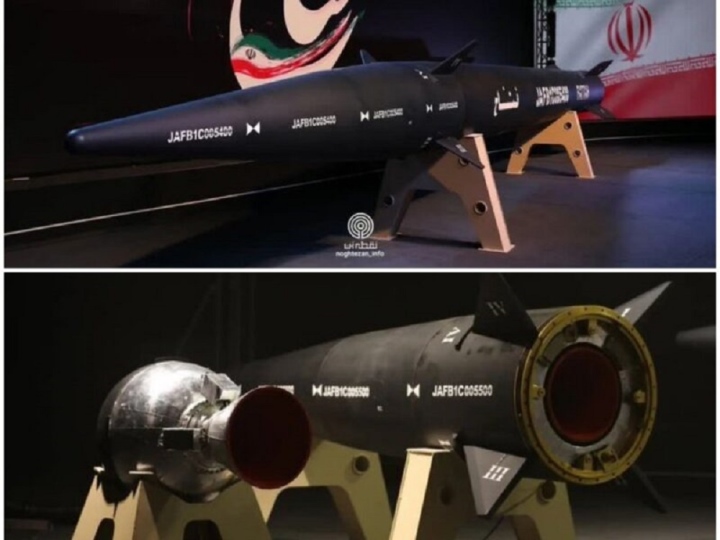
Two views of the Fattah missile announced by Iran on June 7, 2023.
The dangers of hypersonic weapons
Hypersonic glide vehicles are considered dangerous due to the very high speed maintained throughout the flight, as well as their high and flexible maneuverability, making them very difficult for air defense forces to detect and intercept.
The extremely high speed of hypersonic missiles allows them to strike targets across continents within minutes, while significantly reducing the warning time of opponents.
Hypersonic weapons technology would be a major addition to the Iranian Revolutionary Guard Corps' arsenal, allowing missiles to have longer ranges and the ability to strike NATO territory, and would be the basis for developing anti-ship missiles that are a significant threat to US carrier groups in the region.
This is considered a future deterrent weapon for Iran, because Iran's conventional forces are considered relatively modest, mainly made up of armored units and outdated air force units.
The appearance of the Fattah supersonic missile will make the US and the West as well as Iran's regional opponents cautious in their actions, however, the real capabilities of this missile still need time to prove.
Le Hung (Source: Military Watch)
Useful
Emotion
Creative
Unique
Source






![[Photo] Prime Minister Pham Minh Chinh chairs conference on anti-smuggling, trade fraud, and counterfeit goods](https://vphoto.vietnam.vn/thumb/1200x675/vietnam/resource/IMAGE/2025/5/14/6cd67667e99e4248b7d4f587fd21e37c)



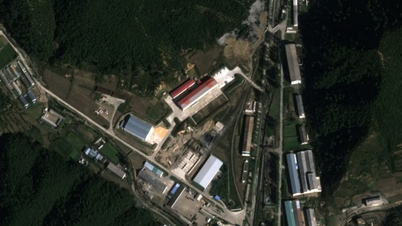




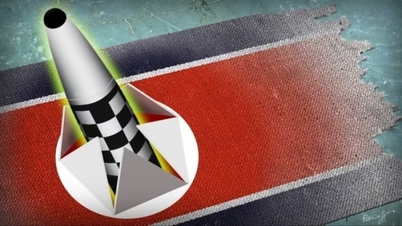





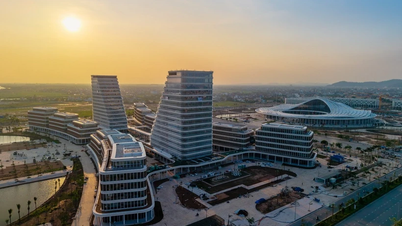



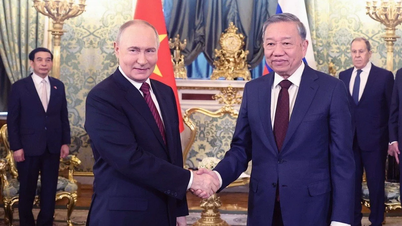










































































Comment (0)